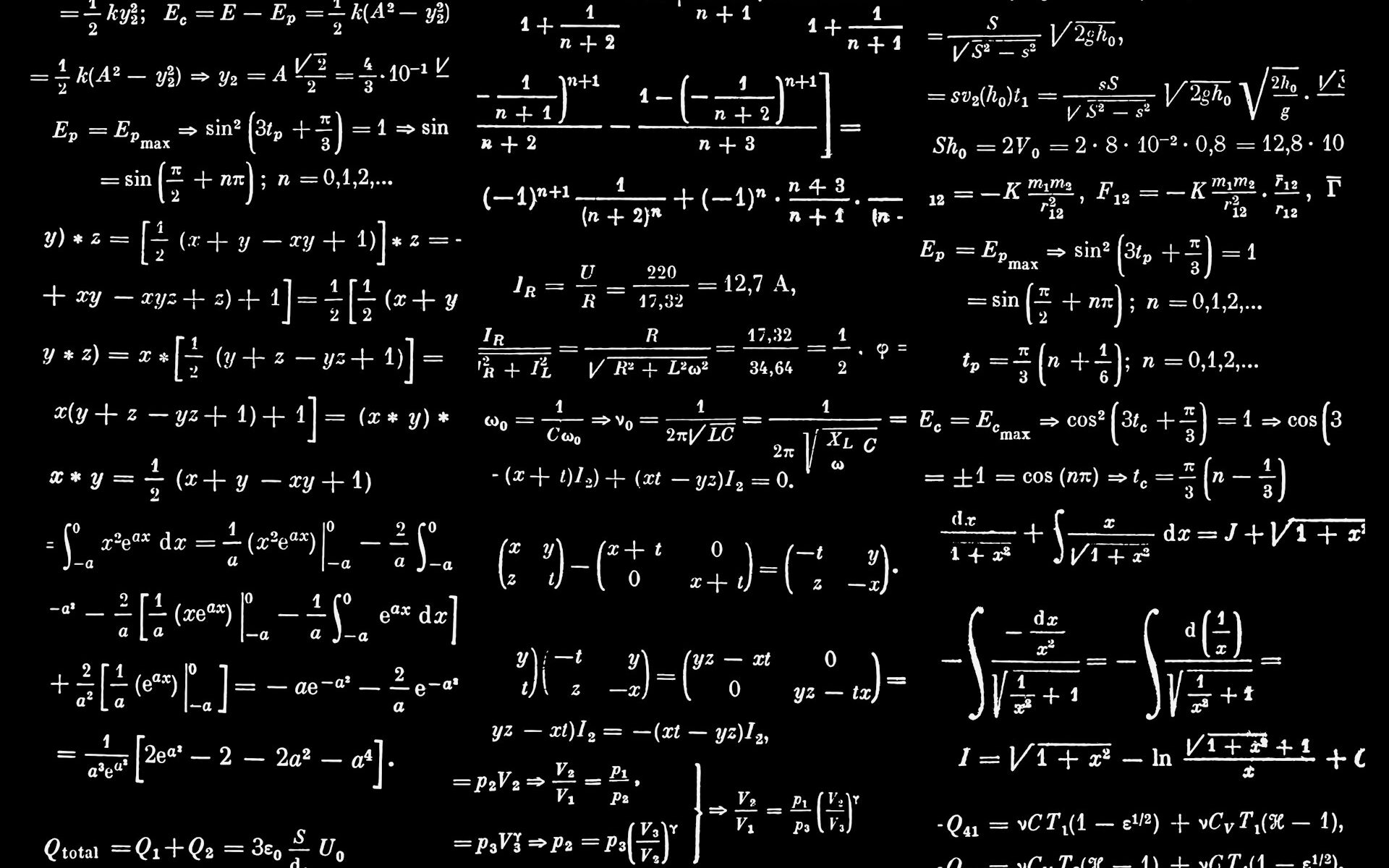Unlocking the Power of Quadratic Functions: Real-World Applications and Problem Solving
Quadratic functions, a cornerstone of algebra, extend far beyond the classroom. They model diverse phenomena, from projectile motion to optimization problems. Understanding quadratic functions equips you with a powerful toolkit for analyzing and solving real-world challenges.
What are Quadratic Functions?
A quadratic function is a polynomial function of degree two, generally represented as f(x) = ax² + bx + c, where a, b, and c are constants, and a ≠ 0. The graph of a quadratic function is a parabola, a U-shaped curve that opens either upwards (if a > 0) or downwards (if a < 0).
Key Components of Quadratic Functions
- Vertex: The highest or lowest point on the parabola, representing the maximum or minimum value of the function.
- Axis of Symmetry: A vertical line that divides the parabola into two symmetrical halves, passing through the vertex.
- Roots/Zeros: The x-intercepts of the parabola, where the function equals zero. These represent the solutions to the quadratic equation ax² + bx + c = 0.
- Y-intercept: The point where the parabola intersects the y-axis, found by setting x = 0 in the function.
Methods for Solving Quadratic Equations
Several methods can be used to find the roots of a quadratic equation:
- Factoring: Expressing the quadratic expression as a product of two linear factors.
- Completing the Square: Transforming the equation into a perfect square trinomial.
- Quadratic Formula: A general formula that provides the roots for any quadratic equation: x = (-b ± √(b² – 4ac)) / 2a.
Real-World Applications of Quadratic Functions
Projectile Motion
Quadratic functions are fundamental in describing the trajectory of projectiles, such as a ball thrown into the air or a rocket launched into space. The function can model the height of the projectile as a function of time, considering the effects of gravity.
Optimization Problems
Many real-world problems involve maximizing or minimizing a certain quantity. Quadratic functions can be used to model these situations, allowing us to find the optimal solution. For example, determining the dimensions of a rectangular garden that maximize the enclosed area given a fixed perimeter.
Engineering and Architecture
Quadratic functions are used in designing arches, bridges, and other structures. The parabolic shape provides structural stability and efficient distribution of loads.
Business and Economics
Quadratic functions can model cost, revenue, and profit functions. Businesses can use these models to determine the optimal production level that maximizes profit.
Problem-Solving with Quadratic Functions: Examples
Example 1: The Ball’s Trajectory
A ball is thrown upwards with an initial velocity of 20 m/s from a height of 2 meters. The height of the ball as a function of time is given by h(t) = -4.9t² + 20t + 2. Find the maximum height reached by the ball and the time it takes to reach that height.
Solution: The maximum height occurs at the vertex of the parabola. The t-coordinate of the vertex is given by t = -b / 2a = -20 / (2 * -4.9) ≈ 2.04 seconds. The maximum height is h(2.04) = -4.9(2.04)² + 20(2.04) + 2 ≈ 22.41 meters.
Example 2: Maximizing Garden Area
A farmer has 100 meters of fencing to enclose a rectangular garden. What dimensions will maximize the area of the garden?
Solution: Let the length of the garden be l and the width be w. The perimeter is 2l + 2w = 100, so w = 50 – l. The area is A = l * w = l(50 – l) = 50l – l². To maximize the area, we find the vertex of the quadratic function. The l-coordinate of the vertex is l = -b / 2a = -50 / (2 * -1) = 25 meters. Therefore, w = 50 – 25 = 25 meters. The dimensions that maximize the area are 25 meters by 25 meters, resulting in a square garden.
Tips for Mastering Quadratic Functions
- Practice Regularly: Solve a variety of problems to reinforce your understanding of the concepts.
- Visualize the Graphs: Use graphing tools to visualize the parabolas and understand how the coefficients affect their shape.
- Connect to Real-World Examples: Look for real-world applications of quadratic functions to appreciate their relevance.
- Understand the Different Solution Methods: Master factoring, completing the square, and the quadratic formula to solve quadratic equations effectively.
By mastering quadratic functions, you gain valuable insights into modeling and solving real-world problems. Whether it’s predicting the trajectory of a projectile or optimizing a business process, the power of quadratic functions is undeniable.
Conclusion
Quadratic functions are more than just algebraic expressions; they are powerful tools for modeling and solving real-world problems. By understanding their key components, mastering the solution methods, and exploring their diverse applications, you can unlock the power of quadratic functions and enhance your problem-solving skills.







